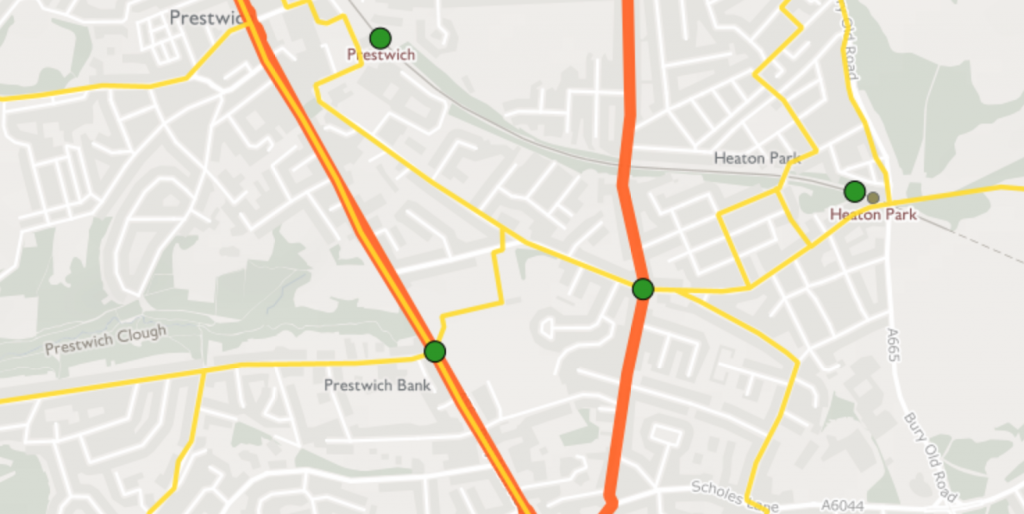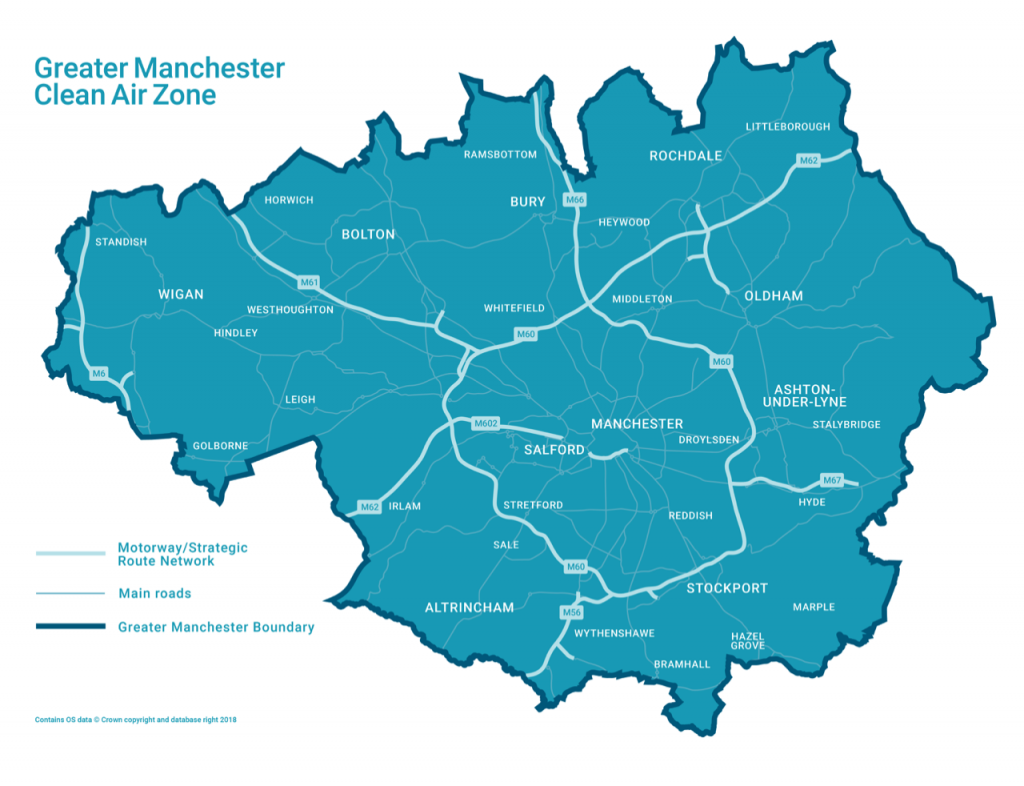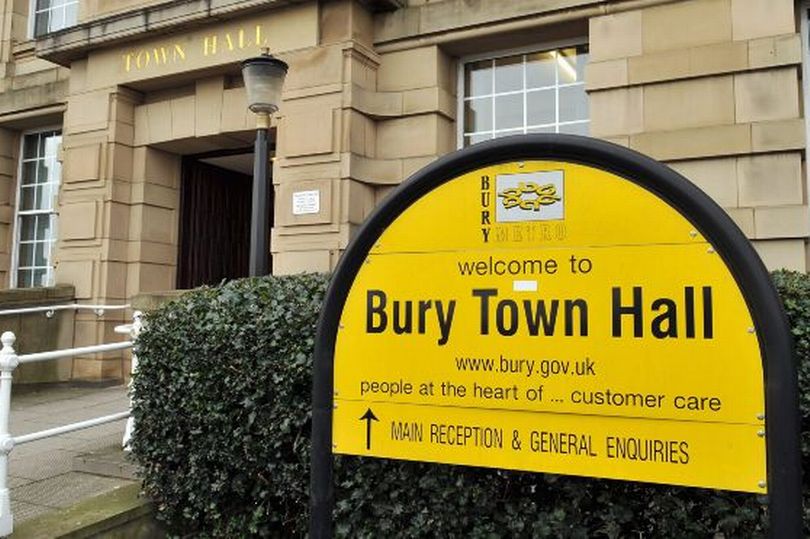At the last full Council meeting of Bury Council, Liberal Democrat councillor Steve Wright asked a number of questions to the Greater Manchester Police representative:
Community Policing Expenditure:
Could the Council’s member of the Greater Manchester Police and Crime Panel inform members what proportion of the Greater Manchester Police budget is spent on local community police teams?
We were quite shocked about how low the future is:
The proportion of Greater Manchester Police budget that is spent on Neighbourhood Policing and Community Liaison is 11%.
Members will also be aware that in March the local approach to community policing changed with the introduction of a new Neighbourhood model. The model reverts back to a previous incarnation with 3 dedicated Inspectors taking responsibility for North, Central and South regions of the borough. This change combined with new shift patterns resulted in more Officers on the beat at any one time.
The new Policing precept announced for 2019/20 also resulted in 3 additional Police Officers for Bury who have now started and will further bolster the Officer numbers available.

Metrolink Incidents:
Could the Council’s member of the Greater Manchester Police and Crime Panel inform members how many incidents have occurred which have required police attendance on the Metrolink in the current financial year and previous two financial years?
The answer is that there are a lot, and the level is increasing: Unfortunately, limitations of how the data is recorded means that we can’t provide a figure for 2017/18. The following data is a combination of Police data, Metrolink data and Transport for Greater Manchester Data.
In 2018/19 – There were 3481 incidents
Between April 2019 and 30th Jun 2019 there were 946 incidents, which is approximately 8% higher than the same point last year.
Members may be aware that security on the Metrolink is overseen by the Travelsafe Partnership which is jointly led by TfGM and Greater Manchester Police (GMP) with support from:
o Metrolink;
o Stagecoach;
o First Manchester;
o GoAhead NW; and
o British Transport Police.
Travelsafe has been in place since 2015 and commenced as a 3 year pilot. At the end of the pilot the Partnership went through a period of review and a complete change in leadership and moved away from the traditional ‘boots on the ground’ approach to more intelligence-driven tactics and prevention.
There is a TravelSafe Partnership Strategy in place for 2019-21 the following aims:
o Improve the perception of safety & security across public transport, offering reassurance to passengers;
o Manage instances of Crime and Anti-Social Behaviour (ASB) occurring on the transport network; and
o Discourage fare evasion.
Also, Members will be glad to hear that the Travelsafe Partnership have funded 50 PCSOs to help manage security on the network and a further 8 Officer employed by the Network. There is also a proposal to move to 50 Police Officers with a broader Transport remit sometime in the future.
The additional investment combined with the intelligence-led planning will start to see more targeted work, bringing the number of recorded incidents down.







